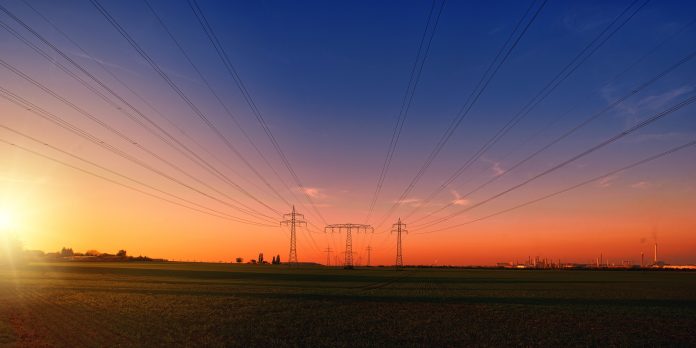America, one of the world’s most energy-hungry countries, is transitioning toward using exclusively sustainable energy sources. The U.S., which once got most of its energy from coal and nuclear power plants, is going green. Now, most of the new plants are wind turbines or solar-powered generation facilities. That’s fantastic for the environment, but there are several disadvantages to the switch.
Sustainable Energy Production Is Not as Reliable as Traditional Methods
Coal and nuclear get a lot of hate for their impact on the environment, but they are very reliable sources of energy production. They do one thing that sustainable alternatives cannot, and that’s store large amounts of excess production. That’s essential when demands spike, which happens during the summer and unexpected weather events.
Solar and wind rely on the weather to generate power. They are not good sources for power storage, so relying on them for all needs is a concern. As of 2018, 17% of the nation’s energy production comes from renewable sources. In some states like Texas, it’s already higher.
As production shifts, older coal and nuclear plants will close permanently. When that happens, they won’t be available for use, even in a backup capacity.
Experts Worry About Service Interruptions
Two primary concerns are causing the energy industry to question the move towards sustainability. Using alternative energy production methods as the only source of power could cause shortages and price increases. Solar and wind are intermittent producers, so they do not fare well when demand spikes. For growing states, that’s a massive concern.
The U.S. Department of Energy indicates there will be two primary sources of power production plants built going forward. They are natural gas combined cycle plants and solar-powered.
Natural gas power plants required pipelines to get their supply of gas. Once it enters the plant, they transform it into electricity for their business and residential customers. That means the pipe itself represents a potential point of failure for any of these kinds of facilities.
No One Wants Interruption in Their Electric Service
Solar, naturally, relies on sunny days to generate power. The risk there is evident in that clouds and the nighttime impact production. All of these potential issues make energy experts like Douglas Healy question whether the rush to 100% sustainable energy sources is happening too quickly. As Healy explains, the energy industry is moving fast but is not considering the key issues.
The primary problems with the transformation to sustainable energy include the following.
- The new systems won’t have redundancy, even though they have relatively distinct failure points.
- Coal and nuclear production are reliable, and both allow companies to store power for later usage, which helps at times of high demand.
- Wind and solar have their drawbacks, and the high price could be one of them if they can’t keep up with growing demand.
In Texas, some residents are already dealing with the fallout from the new energy suppliers. They’re not the only ones, as cold weather state residents have seen natural gas pipelines cause shortages and price spikes as well.
Sustainability Is an Ideal Goal
No one argues that sustainable energy is not the right idea. However, criticism of the speed of the rollout is reasonable. Up until now, people have been on a system that may cause pollution but also delivers them all of the power they demand, when they want it most. Few, if any, businesses and homeowners will want to deal with unreliable energy, especially if they have to pay exorbitant rates.
No One Can Afford to Lose Access to Electricity
The most significant trouble of all is that growth and all modern living requires a steady supply of power. Without it, no business or person will survive, so it’s one subject that needs discussion. Making decisions that cause people to lose access to power or that cause such price hikes that they are financially damaging is worthy of debate.
Energy industry experts are already alarmed at the situation. They feel energy diversity is the answer. Only when the grid maintains enough different sources of energy production can they maintain safety at the expected levels. Coal and nuclear may longer be appreciated by many, but they serve their role to create a redundant energy network.
With most of the new plants coming online being gas and sun-powered, the shutting down of coal and nuclear plants continues to constrict the potential supply.
The pursuit of 100% renewable energy is underway and is law in many places around the world, like in California. That puts pressure on companies to solely use these energy sources. Direct investment in coal and nuclear will continue to drop until there are no plants remaining somewhere around 2050, according to several reports. When that happens, the world will rely solely on a new grid with fewer different sources of power.
That’s a brave new world, and that’s uncharted territory for today’s businesses and homeowners. The transformation is swift, and it will make energy consumption a different ballgame. The hope from activists is that the massive investments in new technology will pay off with better service and less expensive rates. If that’s the case, today’s worries will seem inconsequential. The next few years will reveal how the new plan works.
Find a Home-Based Business to Start-Up >>> Hundreds of Business Listings.

















































